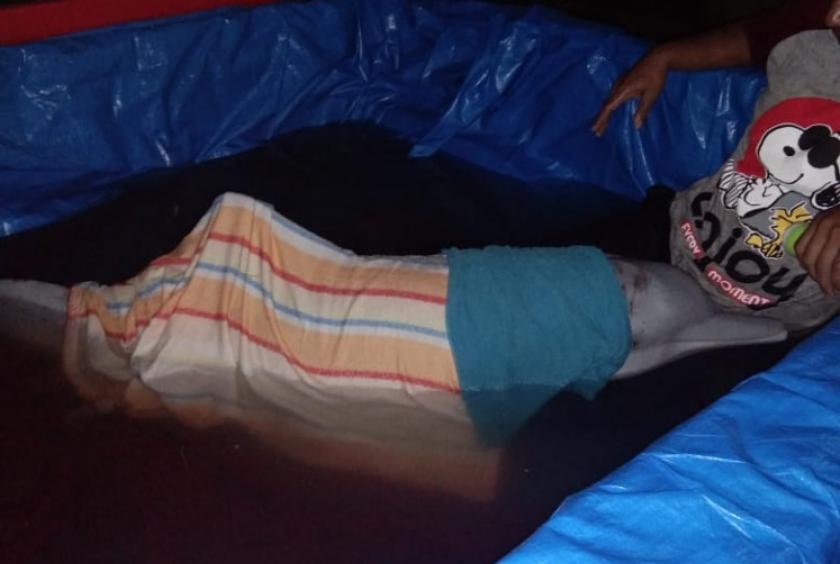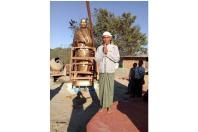
(The Jakarta Post) - A joint team returned on Thursday night a male dolphin, a humpback, to the sea after it wandered into a river for five days. Another one, a 2.5-meter-long marine mammal, believed to be the young dolphin's mother, died on Wednesday night.
The two humpback dolphins were stranded and spotted by locals in the Kualuh River in North Labuhan Batu regency in North Sumatra.
Marine mammals coordinator at the Jakarta Animal Aid Network, Amank Raga, said they chose Tanjung Balai estuary to release the Sousa chinensis because they spotted a group of dolphins there. The release location was 2.4 kilometers from the coast's edge.
"Two weeks ago we spotted a group of dolphins in Tanjung Balai estuary, that's why we released the dolphin here," he told The Jakarta Post on Friday.
Amank said he would monitor the welfare of the male dolphin for the next three days. He expressed hope that the young dolphin would be able to join its pod in Tanjung Balai, which is about 15 km from the Kualuh River.
Residents near the river first spotted two white dolphins swimming and jumping out of the water on Jan. 27. They rarely saw dolphins in the river and many residents flocked to the site to take pictures and videos.
Kuala Beringin subdistrict head Edi Mansur Pane said he was among those who, out of surprise and concern, informed the North Sumatra Natural Resources Conservation Agency (BKSDA) about the appearance of the two dolphins.
Amank of JAAN said he suspected the death of the female dolphin was caused by a wound near her blowhole. He said the wound might have damaged the dolphin's navigation system. Dolphins are known to be good navigators.
Amank said the process of returning the young dolphin involved locals besides the officials from the North Sumatra BKSDA. They began the rescue at 3 p.m. when the river's current was ebbing so the dolphin would be lured to a net on the riverbank. It took two hours for them to catch the dolphin.
"It was not easy, we tried 18 times before we caught it," he said.
He said when they caught it, the dolphin seemed to be exhausted and had some scratches on its body. But overall, he looked healthy.
They gave the dolphin antibiotics, applied antiseptic and injected vitamins.
The head of North Sumatra BKSDA, Hotmauli Sianturi, said they owed the successful release to JAAN and the locals.
"We have to appreciate this dolphin rescue mission," he said.
In 2013, locals saved three bottlenosed dolphins stranded in the Wampu River, near Langkat regency. Locals helped guide the dolphins back to sea, roughly 15 km from the river, by slapping the water to create sounds.









